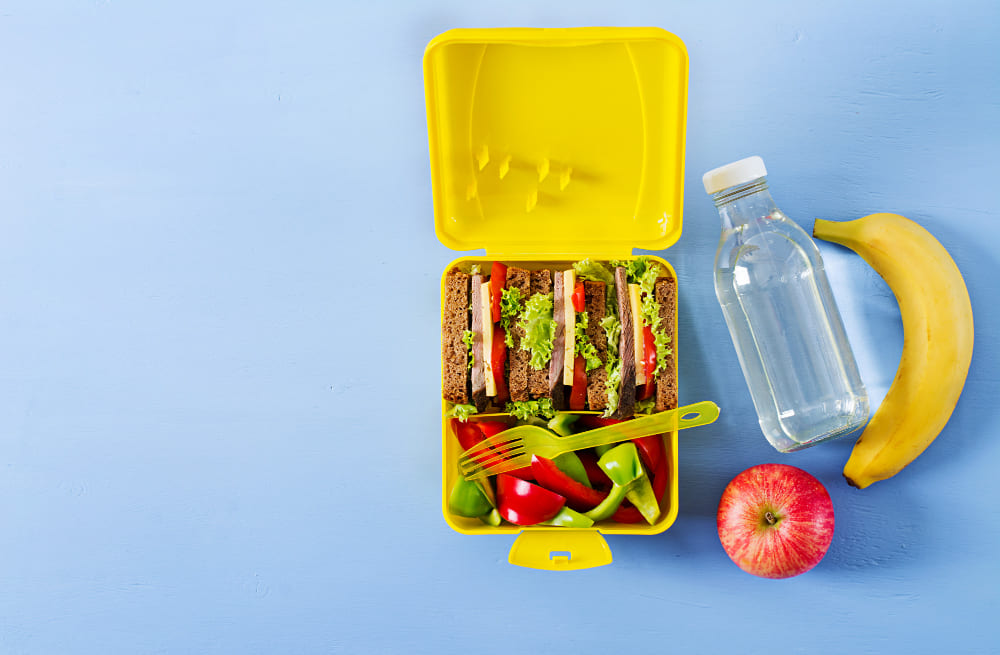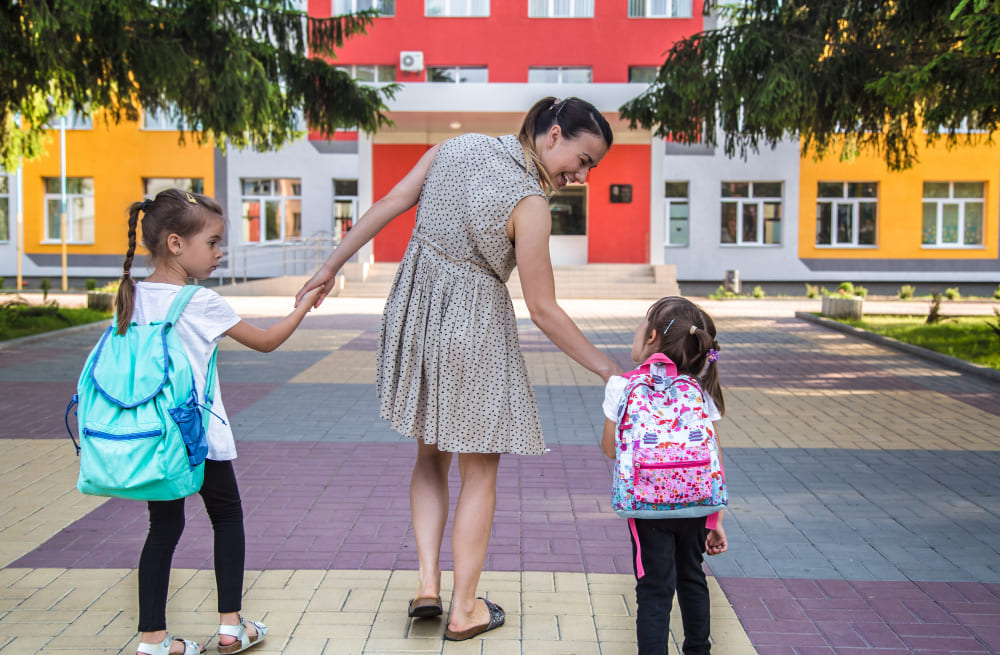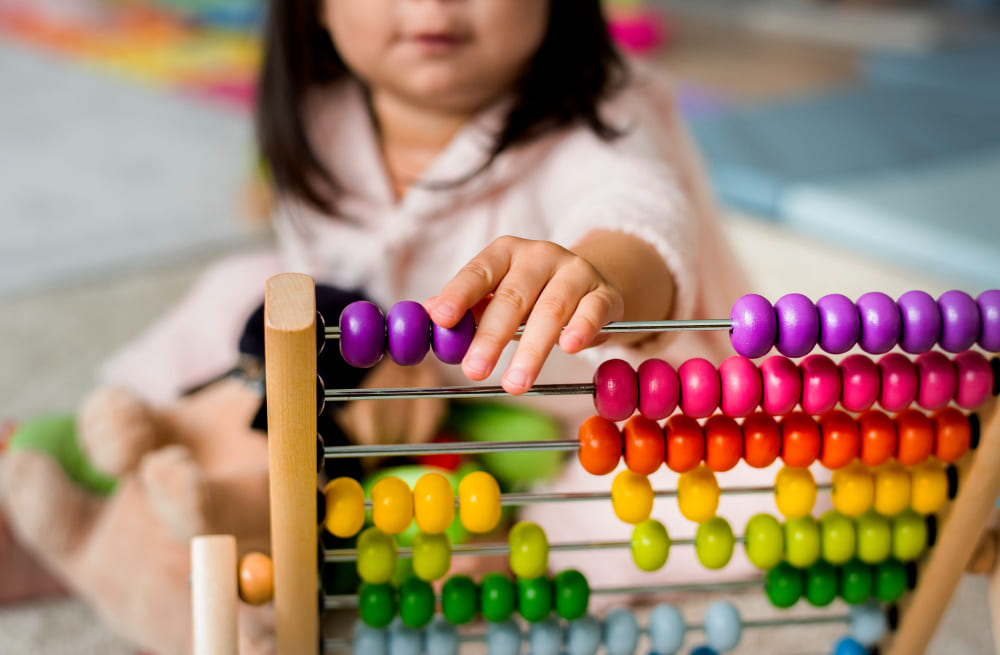What should I pack in my child’s lunch box today? This question runs through the mind of every parent, every single morning. The snacks have to be nutritious, tasty, easy to handle, should have variety and most importantly, your child must be willing to eat it! Such an overwhelming task.
Maybe we can help!
Crunchy treats
Most kids love biting into something with a crunch. But this doesn’t mean you have to send unhealthy, deep fried foods. Instead try flavoured makhana or popcorn. Swap regular French Fries for Sweet Potato fries. Air-fried mixed veggies are another crunch-filled healthy snack as well.
Hide the veggies!
Having a tough time getting your little ones to eat their vegetables? Worry not. Stuffed parathas (think cabbage, grated radish or even potato) and cutlets filled with peas, carrots and beans, are a great way to get your child to consume their veggies. Another way is to blend all sorts of vegetables to make a pasta sauce and serve over spaghetti or penne. You can even add zucchini to a muffin or beetroot to a cake. There are plenty of options, and tons of recipes available.
Grazing platters
We’ve talked about grazing platters before, and we bring it up again, because it works! Fill your child’s snack box with a variety of eats in small portions – along the lines of sliced grapes, cut carrots, cubes of cheese and maybe a hummus dip. You could also add crackers, dried fruits and nuts and even apple slices with peanut butter as a dip. They can try different combinations of food and will get their nutrients in, without even realizing.
Fun Foods
A great way to get your child to eat is by making their food interesting to look at. Star-shaped rotis and animal-shaped oatmeal pancakes are a good idea. You can turn a simple open toast sandwich into a funny face—halved boiled egg for the eyes, slices of avocado for the mouth, grated carrot for the hair. Another option is banana slices for the eyes, strawberry pieces for the nose and peanut butter for the mouth. Get creative!
Presentation is key
Pack the snack in a colourful lunch box, and separate foods from one another by putting them in tiny containers. Include cutlery that your child can easily hold. Add a little note or drawing inside. This will get them excited to open their snack box and see what awaits them.
There will be days when your child won’t eat as much, and days when they will eat everything you send. It’s normal. But make sure that the snack you send to school has a good mix of carbohydrates, protein and healthy fats. This way each bite your child eats is filled with nutrients!



